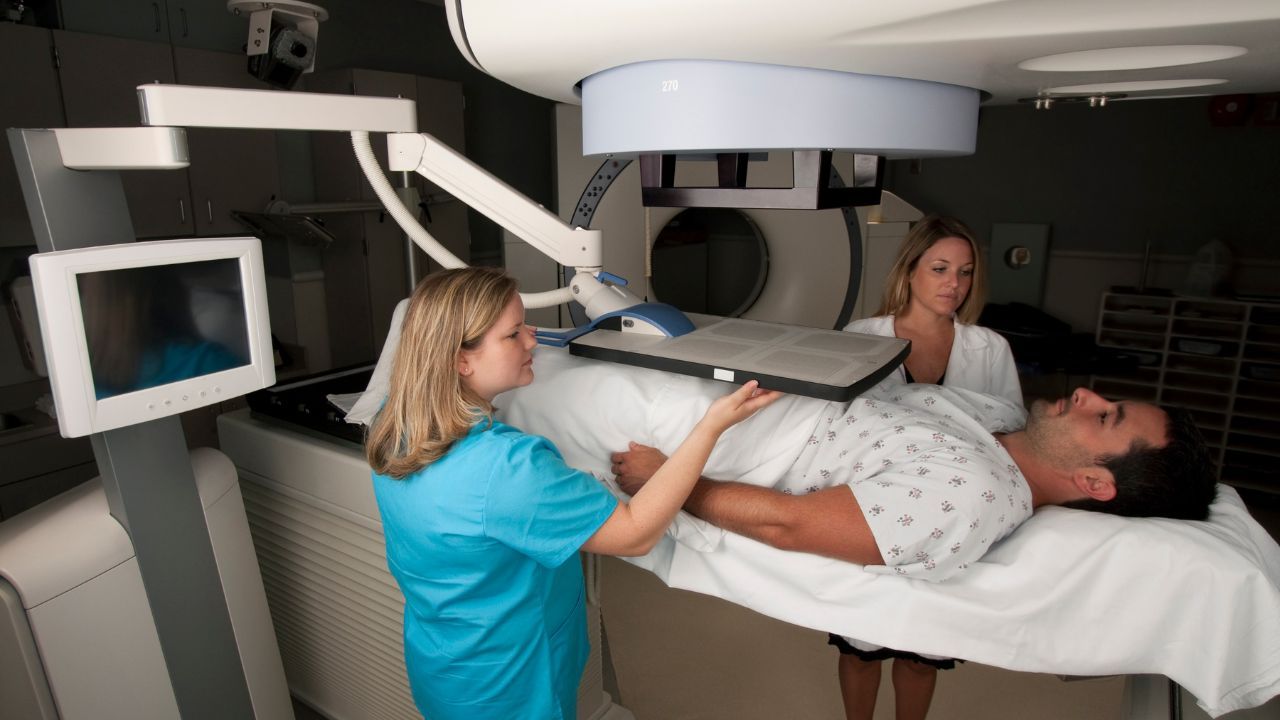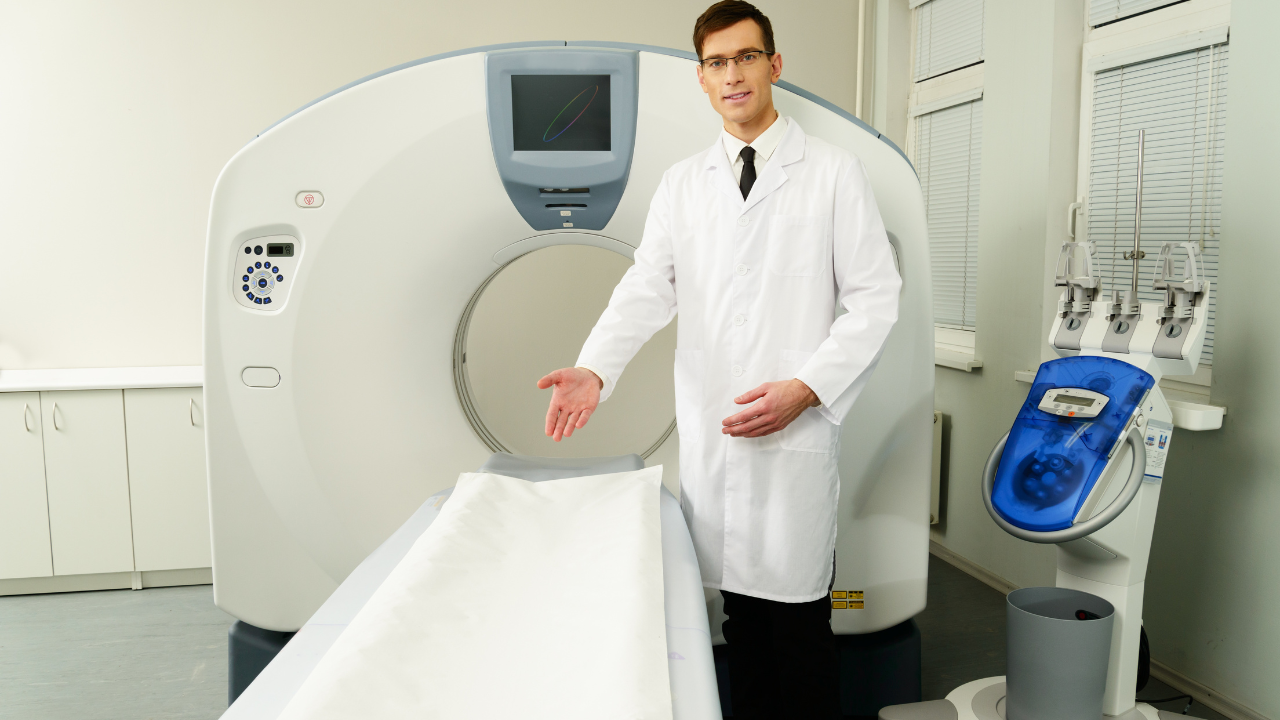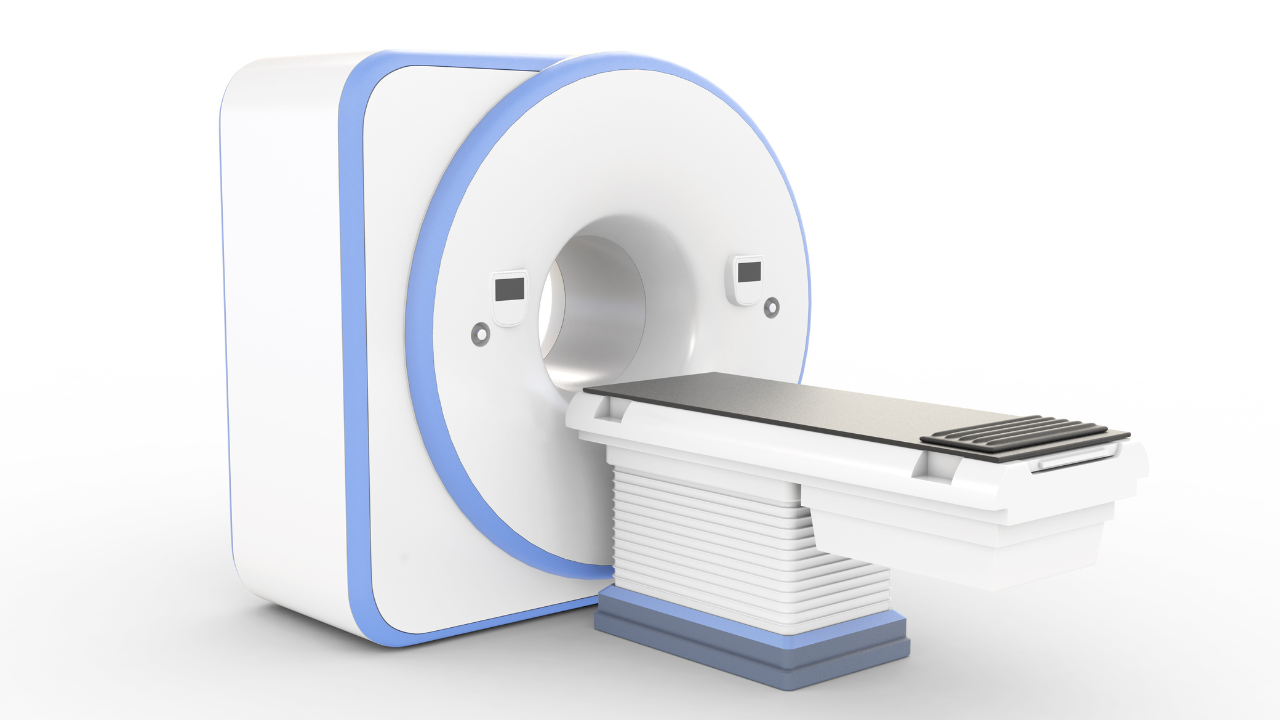Blog and News

3D MRI Prostate mapping is a new procedure which offers a number of improvements compared to the traditional TRUS (transrectal ultrasound) biopsy for people who have prostate cancer. TRUS guided biopsies have been the go-to way of diagnosing prostate malignancy for the last 20 years, but this procedure is quite invasive, and it is not very precise.
There is always the risk that an ultrasound will miss smaller tumors, because the soft tissues show up in low resolution on the scan. In addition, the grid approach used by the ultrasound will target the prostate gland’s peripheral aspects, and this means that they can miss 30-40 percent of the cancer – especially if it is in the anterior, midline or apex. There are also some risks associated with the number of needles used for this type of scan. The more needles that are used, the more accurate the scan, but also the greater the risk of infection and sexual or urinary side effects.
Why 3D MRI Scans Are Better
3D MRI prostate scans use Multi-Parametric MRI. There is no need to use an endorectal coil for the scan (unlike with older versions of the MRI technology), and the scan is far higher definition than an ultrasound. The procedure is non-invasive, and it allows for a detailed analysis of the entire prostate gland. This means that doctors can get a clear idea of how many tumors a patient has, and how aggressive the cancer is – potentially eliminating the need for a biopsy.
Because the 3D MRI scan is able to identify smaller tumors, it means that you get a more accurate diagnosis. In addition, you will be able to enjoy better treatment if you do need a biopsy, since the biopsy can be focused from the high resolution MRI.
The biopsy will target exactly the right tissue, so it is less invasive and healthy tissue will not be sampled. Side effects are rarer, and the risk of infections is reduced. The MRI biopsy will target only the tissue that is highly likely to contain cancer.
Unfortunately, prostate cancer cannot be diagnosed by MRI alone. The MRI can give an idea of blood flow, tissue density and other things which are indicators of a risk of cancer. There are certain characteristics of cancerous tissues which can be used to give doctors an idea of whether a tissue might be cancerous, but the tissue must be examined more closely to determine whether or not it is cancerous with more accuracy.
MRI-Guided biopsies help to ensure that the treatment you get matches the severity of the condition, and saves you from potential infections and long-lasting side effects. It reduces the risk of smaller cancerous areas (which are low risk, but could spread if the cells are aggressive), being missed.
When it comes to your health, it makes sense to not take any chances, and to arm yourself and your team of specialists with as much information as possible. Why use a 20-year-old technology, or the more invasive 1.5T MRI, which can be incredibly uncomfortable and may produce a distorted image because of the pressure of the coil on the prostate gland, when you can use the latest technologies and get a treatment which is accurate, produces fast results, and does so with minimum impact on your comfort.
Call your health insurance company today and ask them about 3D MRI Prostate scans. If you are at risk of prostate cancer or have been referred for diagnosis, this could be the perfect option for you.
More details are available on our page – Prostate Map Imaging






